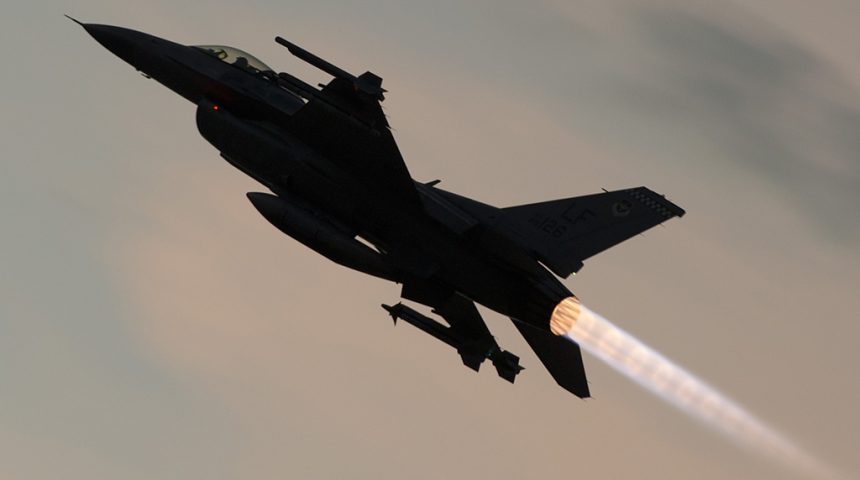Loss of F-16C Extends String of USAF Jet Crashes to Five Since May 2020 Began.
A USAF F-16C Viper from the 49th Wing crashed on landing at Holloman AFB at approximately 18.00 local New Mexico time on Jul. 13, 2020. The single crewmember ejected from the aircraft and sustained minor injuries according to an official media release by the 49th Wing Public Affairs office at Holloman.Officials at Holloman AFB said, “An investigation conducted by a board of qualified officers is underway to determine the cause of the incident.”
Holloman AFB is home to several units including the 49th Wing, known primarily for their Remotely Piloted Aircraft (RPA) operations. The 49th Wing shares Holloman AFB with the 54th Fighter Group assigned to the 56th Fighter Wing of the Air Education and Training Command.
Only two weeks ago on June 30, 2020, a USAF F-16CM Fighting Falcon crashed at Shaw AFB near Sumter, South Carolina. The single crewmember on board, 32-year-old 1st Lt. David Schmitz from the 77th Fighter Squadron, did not survive the ejection.
This latest accident for the U.S. Air Force brings the number of mishaps since the beginning of May, 2020 to at least seven.
In addition to the two F-16 crashes in two weeks, recent USAF accidents also include the crash of an F-15C from RAF Lakenheath, UK, that cost the life of the pilot on Jun. 15, 2020; a C-130 that over-ran a runway at Camp Taji, Iraq, injuring four on June 8, 2020; an F-35A Lightning II that experienced a landing gear failure also on June 8, 2020 at Hill AFB, Utah; the May 19, 2020 crash and total loss of another F-35A Lightning II after the pilot ejected during landing approach at Eglin AFB, Florida. Four days earlier on May 15, 2020 a USAF F-22 Raptor crashed at Eglin AFB after the pilot safely ejected and then the May 2, 2020 mishap with an F-15C Eagle of the Oregon National Guard that skidded off the runway during an emergency landing at Joint Base Andrews, Maryland.
Dealing with Holloman AFB and the 49th Wing, an F-16 assigned crashed during an evening training flight on Oct. 29, 2019. The pilot successfully ejected before the impact.
Despite the U.S. Air Force’s recent loss of two F-16s in only two weeks, the aircraft has an impressive safety and combat record since it first flew 46 years ago and entered U.S. service 42 years ago in 1978. The F-16 is in service with many nations including the U.S., Israel, Iraq and many European air arms to name only a few. The aircraft performs the multi-role air combat and ground attack mission in most of its versions but has also been adapted for the suppression of enemy air defense (SEAD) “Wild Weasel” mission and other roles.









